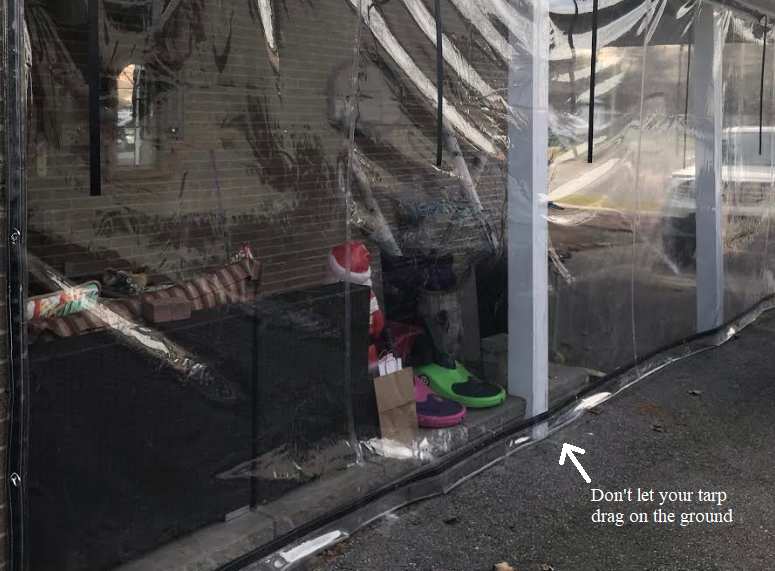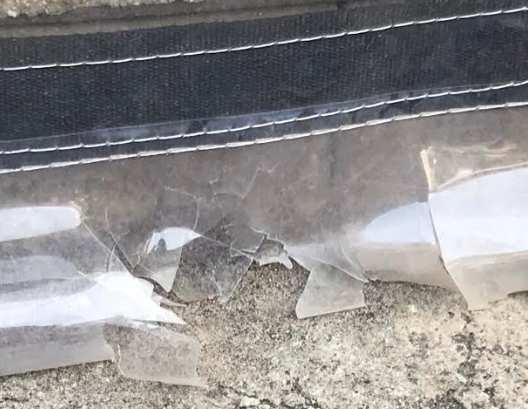We are often asked how long our tarps last. This is a difficult question because there are many factors that influence the life expectancy of a tarp. One of the biggest causes of preventable wear is wind whip. If your tarp is being used during highway travel it is essential that it be tightly secured in order to minimise the tarp movement while travelling. This causes wear from two different sources:
To minimise wind whip, it is important to make sure that you have plenty of fastening locations on your truck or trailer and that these generally align with the grommets. At Heavy Duty Tarps we allow you to specify how far apart you want the grommets on each edge so, if you already have an existing trailer, be sure to check the positioning of your fasteners before ordering. We even allow you to use irregular spacing if your fasteners are not spaced evenly. Simply use the comments field while ordering or send us a diagram with the desired spacing after placing your order.
In addition to ensuring an appropriate number and spacing of grommets it is also important to ensure that the fasteners are beyond where the tarp can reach so that you are able to stretch the tarp when securing. For utility trailers, always try to secure the front of the tarp such that air is not allowed to infiltrate the trailer and cause the tarp to billow.
If you are using a mesh or vinyl tarp to secure a trailer load of branches and brush, be sure to avoid having sharp sticks pointing out where they can poke a hole in your tarp.
Although all of our tarps include UV protection, direct sunlight is another factor that will cause tarps to deteriorate more rapidly. If it is possible to keep your tarp at least partially shaded, this will also extend its life.
 If you are hanging tarps be sure to size the tarps so that they remain suspended, rather than reaching the ground. Asphalt, concrete and gravel are all very abrasive surfaces. If your tarp is in contact with these types of surfaces, even small winds can cause the tarp to drag back and forth along these rough materials. It won't take long for this type of action to wear a hole through the tarp. This is particularly true of clear material which is not very strong to begin with.
If you are hanging tarps be sure to size the tarps so that they remain suspended, rather than reaching the ground. Asphalt, concrete and gravel are all very abrasive surfaces. If your tarp is in contact with these types of surfaces, even small winds can cause the tarp to drag back and forth along these rough materials. It won't take long for this type of action to wear a hole through the tarp. This is particularly true of clear material which is not very strong to begin with.
Even if your tarp is fully suspended, make sure that it is well secured so that the wind does not cause it to continuously collide with the adjacent wall.
